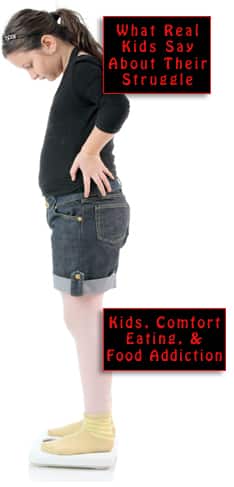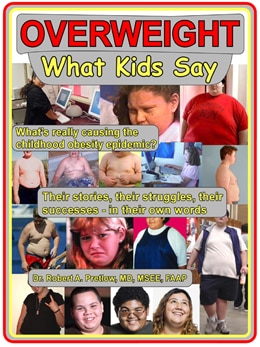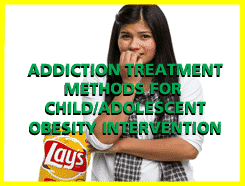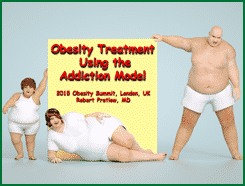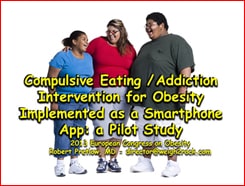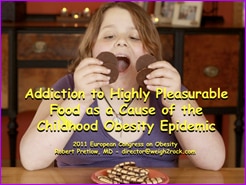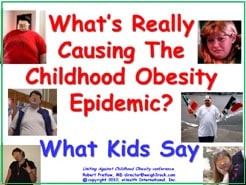How AI Could Help Kids Develop Healthier Eating Habits by Tracking Bite Rate

On this blog, we’ve been looking for a while at how digital technology can help reduce obesity and improve pediatric care. Perhaps unsurprisingly, AI is one of the tech tools playing in the field.
In a collaborative project between Penn State’s Departments of Nutritional Sciences and Human Development and Family Studies, researchers developed ByteTrack, an AI model designed to detect how often a child takes a bite during a meal. The pilot study, published in Frontiers in Nutrition, marks a promising step forward in using technology to support children’s health. Let’s take a quick look.
The link between eating speed and childhood obesity
How quickly a child eats might be more important than parents realize. According to researchers, children who take faster bites during meals are at greater risk of developing obesity. The speed at which a child eats — especially when paired with larger bite sizes — has been shown to lead to higher calorie intake and weight gain over time.
Alaina Pearce, Ph.D., research data management librarian at Penn State and co-author of the study, said:
Bite rate is often the target behavior for interventions aimed at slowing eating rate… It’s a stable characteristic of children’s eating style that can be modified to reduce intake and ultimately lower obesity risk.
Why studying bite rate has been so difficult
While the link between bite rate and obesity is well-established, studying it has been a major challenge. Traditionally, researchers had to watch hours of video footage and manually count each bite, which was a time-consuming and expensive process. This limitation meant most studies were small and conducted in tightly controlled lab settings.
To expand research beyond the lab, Penn State scientists set out to find a more efficient way to measure bite rate, and turned to artificial intelligence for help.
ByteTrack: an AI-powered tool for measuring bite rate
Lead author and doctoral candidate Yashaswini Bhat partnered with Dr. Timothy Brick, associate professor of human development and family studies, to design a system capable of identifying children’s faces in videos, even when multiple people were present, and detecting each bite.
Using over 1,400 minutes of video from Penn State’s Food and Brain Study, which included 94 children aged 7 to 9, the researchers trained and tested the AI to recognize when a child took a bite. They then compared the AI’s results with those of human observers.
Promising results, but room to grow in smart eating tech
The system performed remarkably well in identifying children’s faces, achieving 97% accuracy compared to human evaluators. When it came to detecting bites, it reached about 70% of human accuracy, a strong start for such a complex task.
The AI struggled most when children’s faces were partially blocked or when they played with their food. Bhat said:
Chewing on a spoon or playing with food can look like a bite to the AI… These situations made it harder for the system to tell the difference.
Despite these challenges, the research team views ByteTrack as a successful proof of concept. With more data and refinement, the system could soon learn to better distinguish between bites, sips, and other actions.
Bhat said:
Our ultimate goal is to create a robust tool that can work in real-world environments… One day, we might have a smartphone app that gently alerts children when they’re eating too fast — helping them form healthier habits that last a lifetime.
Mobile apps are not a stranger to healthcare
As we’ve covered before:
Studies have shown their effectiveness in promoting weight loss and healthy behaviors, both as standalone tools and in combination with traditional treatments. The apps the authors mention include MetaWell, OBEST, and MINISTOP 2.0. Let’s not forget Dr. Pretlow-designed W8 Loss 2 Go and BrainWeighve either.
The ability to rechannel displacement into less harmless activities rather than succumbing to urges is behind the behavior modification app, BrainWeighve, currently ramping up for a trial through the University of California Los Angeles (UCLA). The trial focuses on weight loss for obese teens using a self-directed, physician-supervised program withdrawing from one problem food at a time.
Your responses and feedback are welcome!
Source: “New AI tool detects bite rate to help prevent childhood obesity,” News-Medical.net, 10/16/25
Source: “AI Counts Kids’ Bites In Fight Against Obesity,” U.S. News & World Report, 10/20/25
Image by RDNE Stock project/Pexels










 FAQs and Media Requests:
FAQs and Media Requests: 